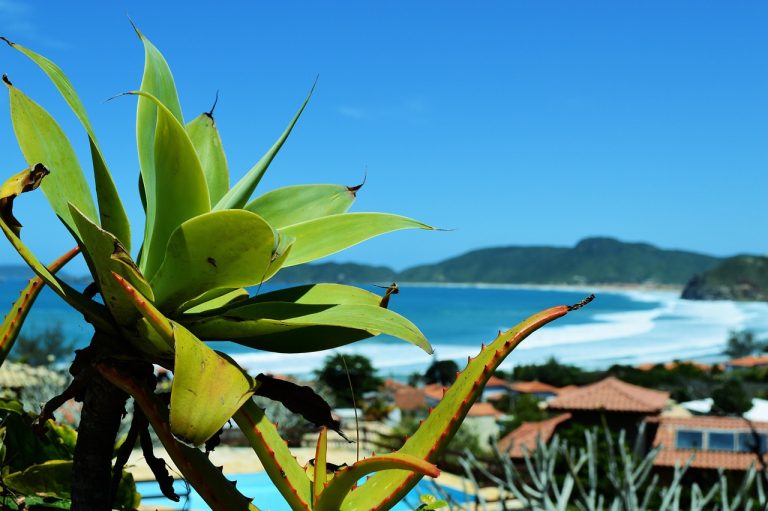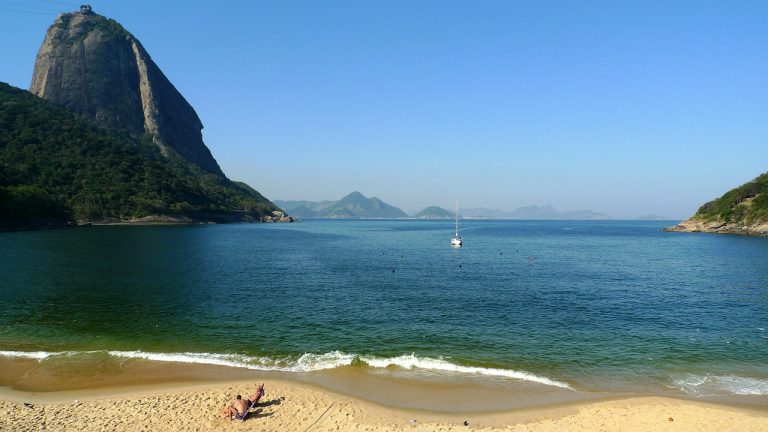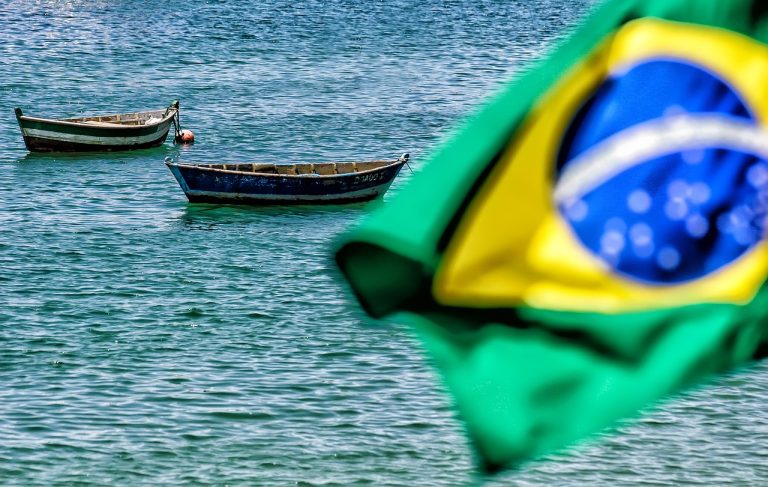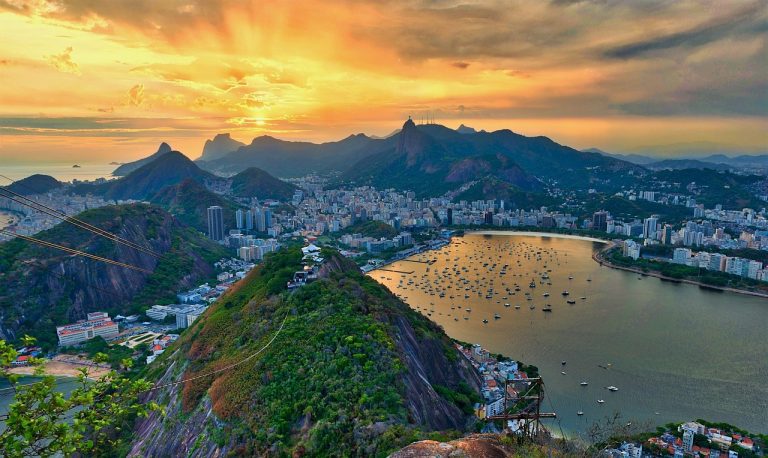Rio de Janeiro Brazil Video
The Cultural Evolution of Rio de Janeiro Brazil
Rio de Janeiro, Brazil, is a city known for its vibrant culture and rich history. Over the years, the city has undergone significant cultural evolution, shaping its identity and attracting people from all over the world. This article explores the various aspects of Rio de Janeiro’s cultural evolution, from its indigenous roots to its modern-day cultural expressions.
Indigenous Heritage
- Tupi-Guarani Influence: The indigenous Tupi-Guarani people were the original inhabitants of the region. Their influence can be seen in the city’s language, cuisine, and customs.
- Candomblé Religion: Candomblé, an Afro-Brazilian religion, also played a significant role in shaping Rio de Janeiro’s cultural heritage. It blends African traditions with Catholicism, creating a unique spiritual practice.
- Art and Crafts: Indigenous art and crafts, such as pottery, weaving, and jewelry-making, continue to thrive in Rio de Janeiro. Local markets and craft fairs offer a glimpse into these traditional artistic practices.
Colonial Influences
- Portuguese Architecture: The Portuguese colonization of Brazil introduced architectural styles that still define the cityscape of Rio de Janeiro. Buildings like the São Bento Monastery and the Imperial Palace showcase the colonial influence.
- European Cuisine: Portuguese culinary traditions, such as bacalhau (salted codfish) and feijoada (a black bean stew), became ingrained in Rio de Janeiro’s food culture.
- Musical Traditions: European musical traditions, particularly Portuguese fado and choro, influenced the development of Rio de Janeiro’s iconic music styles, such as samba and bossa nova.
Rio de Janeiro Brazil Image 1: 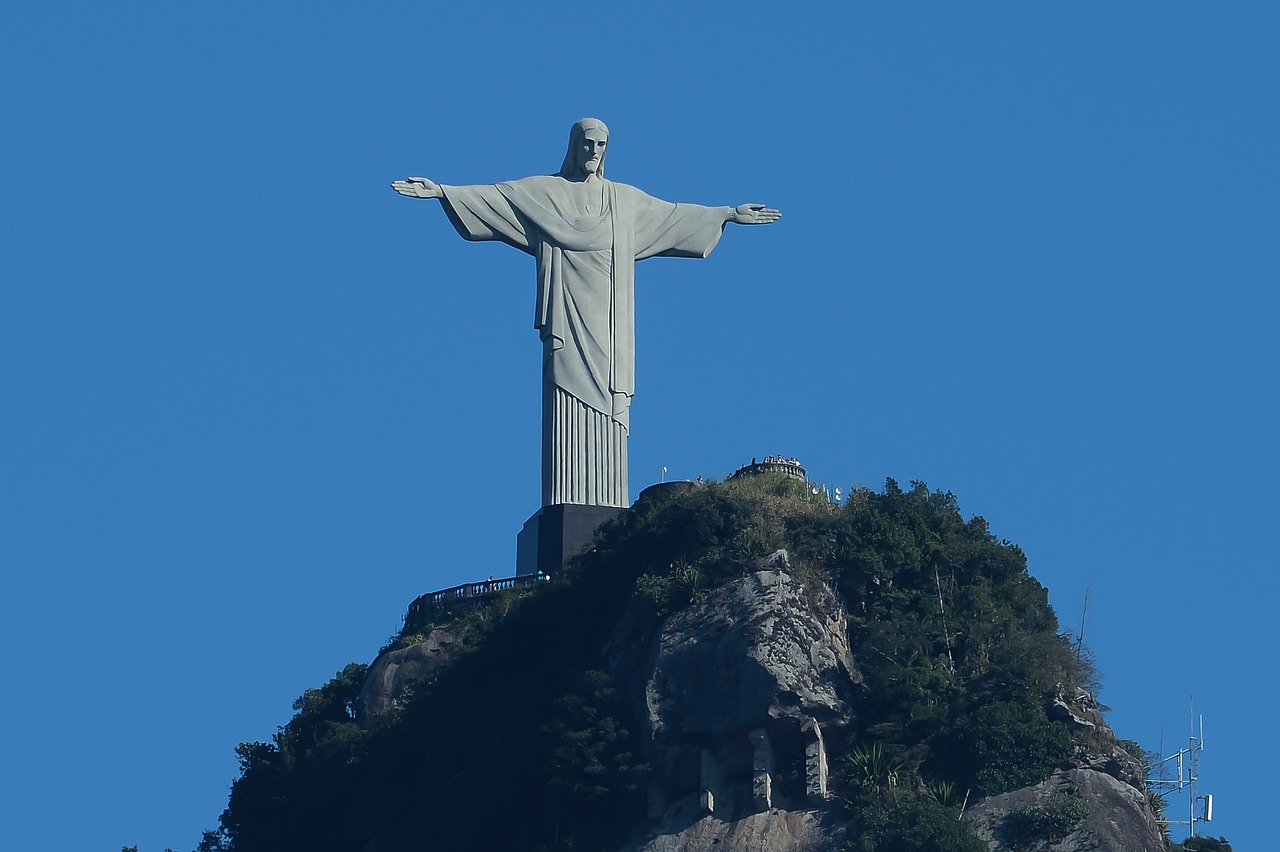
Slavery and African Heritage
- Afro-Brazilian Culture: The transatlantic slave trade brought millions of Africans to Brazil, contributing to the rich African heritage found in Rio de Janeiro. African rhythms, dances, and religious practices greatly influenced the city’s cultural fabric.
- Samba Music and Dance: Samba, a lively music and dance genre, originated in the Afro-Brazilian communities of Rio de Janeiro. It became an integral part of the city’s identity and is celebrated during the famous Carnival.
- Favela Culture: Favelas, the informal settlements in Rio de Janeiro, have a strong sense of community and cultural expression. Afro-Brazilian traditions and arts thrive in these vibrant neighborhoods.
Modern Cultural Expressions
- Contemporary Art Scene: Rio de Janeiro boasts a thriving contemporary art scene with numerous galleries and art festivals. Artists from various backgrounds contribute to the city’s diverse artistic expressions.
- Film Industry: The city has become a hub for the Brazilian film industry, with internationally acclaimed directors and actors emerging from Rio de Janeiro. The annual Rio de Janeiro International Film Festival showcases local and international films.
- Street Art: Graffiti and street art have become integral to Rio de Janeiro’s urban landscape. The city’s walls and buildings serve as canvases for both local and international artists, making it a vibrant open-air art gallery.
Rio de Janeiro Brazil Image 2: 
Cultural Festivals and Events
- Carnival: Rio de Janeiro’s Carnival is one of the most famous cultural events in the world. It showcases elaborate parades, samba competitions, and vibrant costumes, attracting millions of visitors every year.
- Rock in Rio: Rock in Rio is a renowned music festival that originated in Rio de Janeiro. It features performances by international rock and pop artists, drawing music enthusiasts from around the globe.
- Theater and Dance: Rio de Janeiro has a vibrant theater and dance scene. The Municipal Theater, for instance, hosts ballet performances, operas, and theater productions that highlight local and international talent.
Gastronomy and Culinary Delights
- Feijoada: This traditional Brazilian black bean stew with various cuts of pork is a staple dish in Rio de Janeiro.
- Coxinha: Coxinha is a popular Brazilian snack consisting of shredded chicken wrapped in dough, molded into a teardrop shape, and deep-fried.
- Açaí: Originating from the Amazon rainforest, açaí bowls have become a trendy and refreshing treat in Rio de Janeiro. They consist of frozen açaí berries blended and topped with granola, fruits, and honey.
Rio de Janeiro Brazil Image 3: 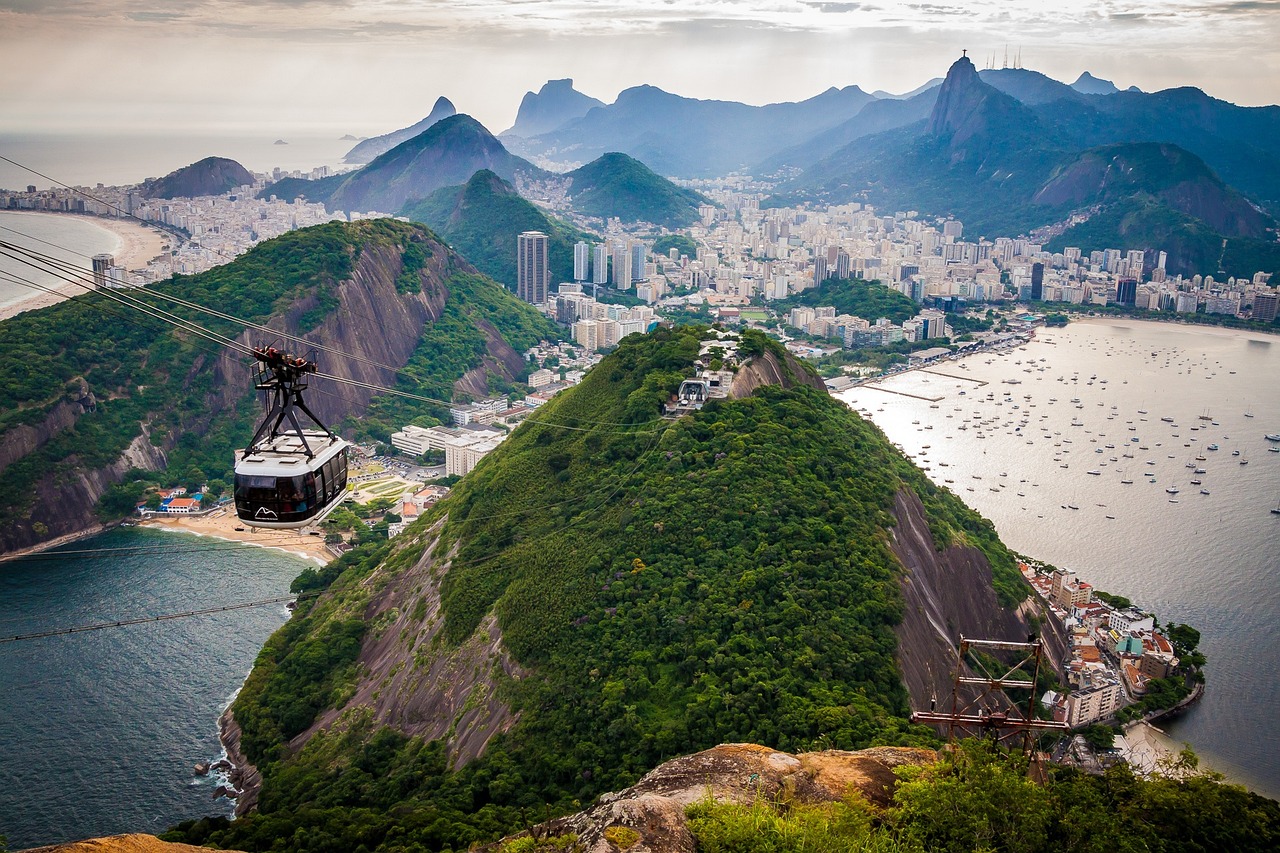
Beaches and Outdoor Recreation
- Copacabana Beach: Copacabana is one of the most iconic beaches in Rio de Janeiro, known for its golden sands, vibrant atmosphere, and beachside kiosks.
- Ipanema Beach: Ipanema Beach offers stunning views of the Two Brothers Mountains and is a popular spot for sunbathing, beach volleyball, and surfing.
- Tijuca National Park: As one of the world’s largest urban forests, Tijuca National Park provides an escape from the bustling city. It offers hiking trails, waterfalls, and breathtaking viewpoints.
Conclusion
Rio de Janeiro’s cultural evolution is a testament to its diverse heritage and the fusion of different influences. From its indigenous roots to the colonial period and the contributions of African and European cultures, the city’s cultural expressions continue to thrive in the modern era. Whether through music, art, food, or outdoor activities, Rio de Janeiro offers a rich and vibrant cultural experience for locals and visitors alike.
References
- petitpalace.co.uk
- visitbrasil.com
- rio.com
- riodejaneiro.com
- riocarnaval.org


